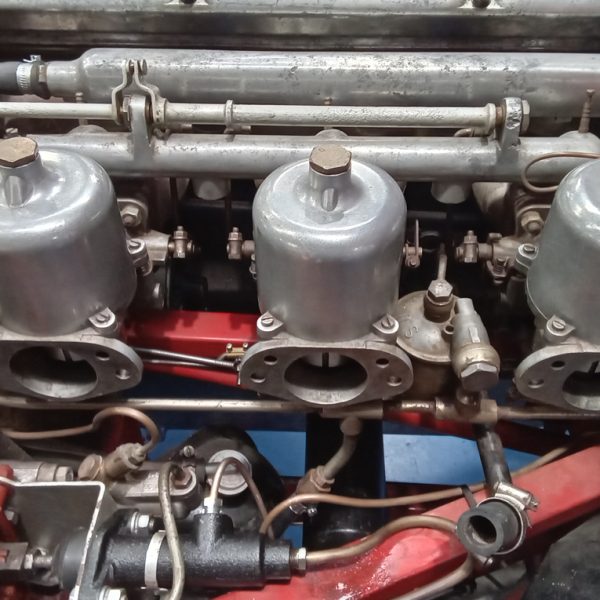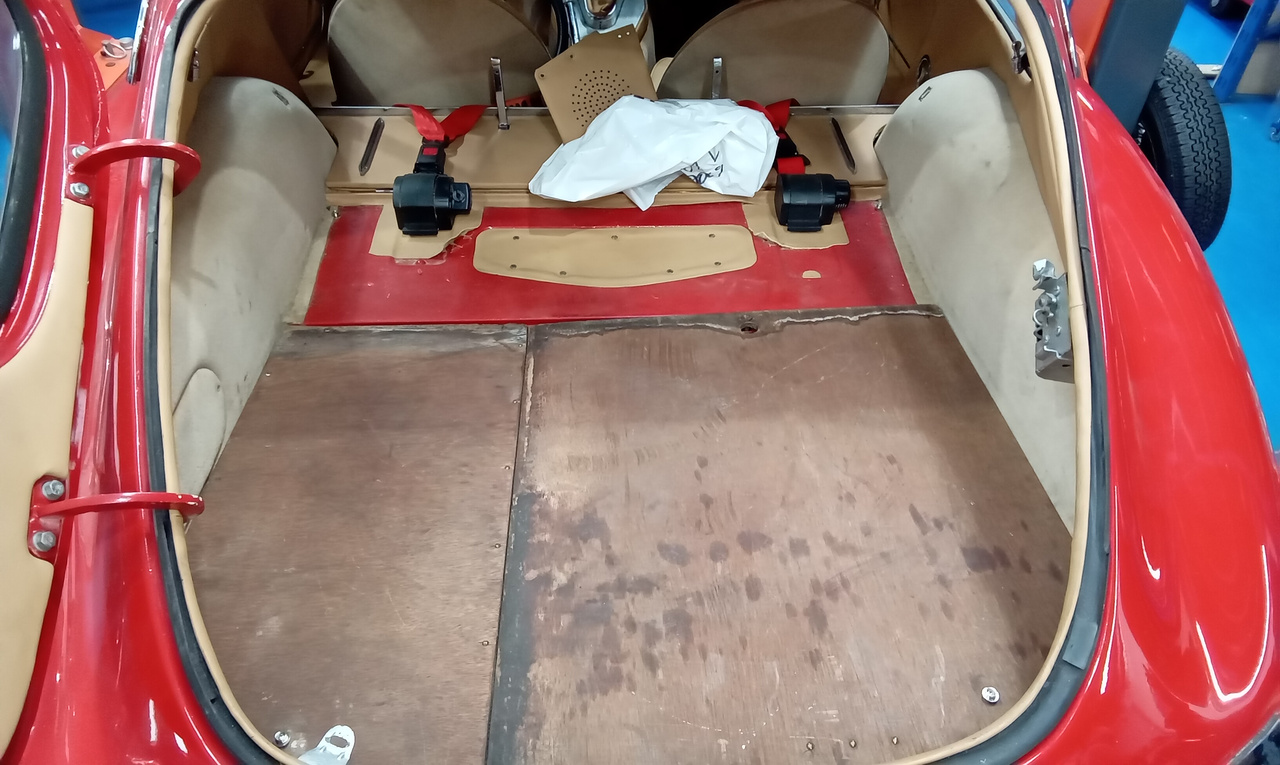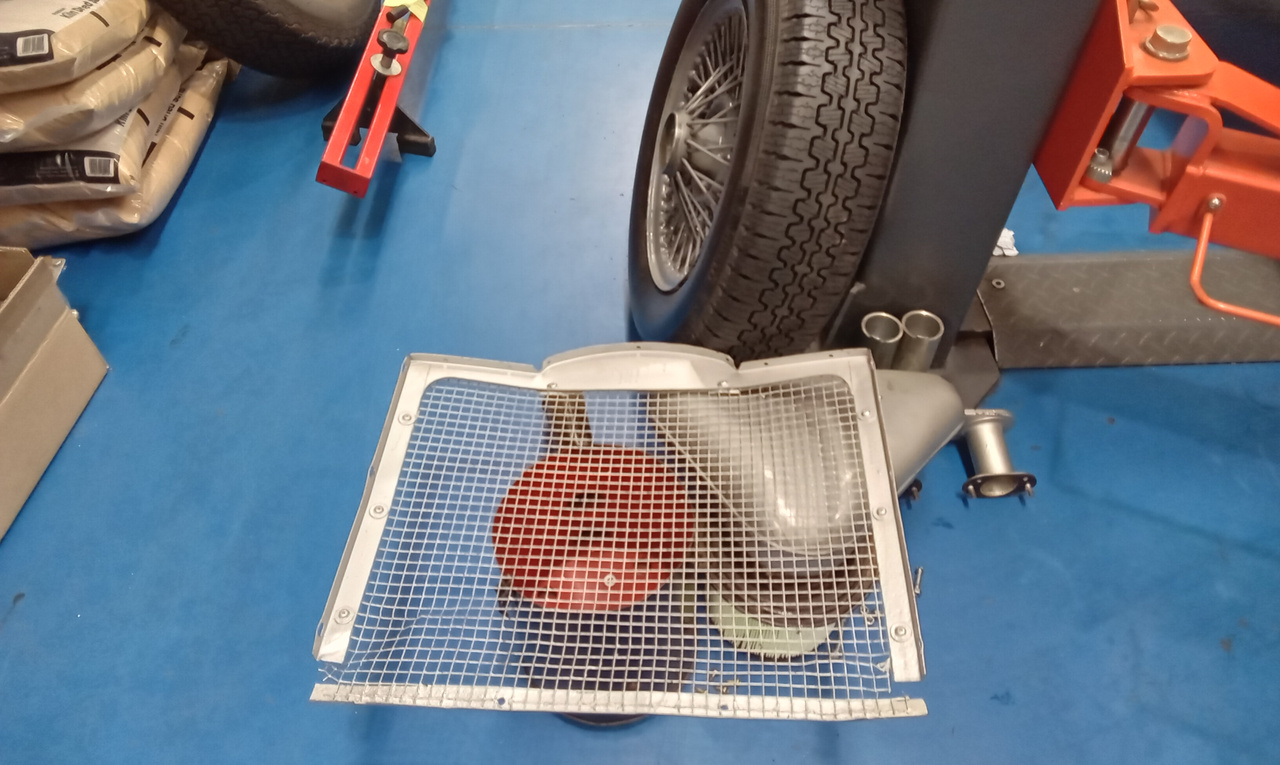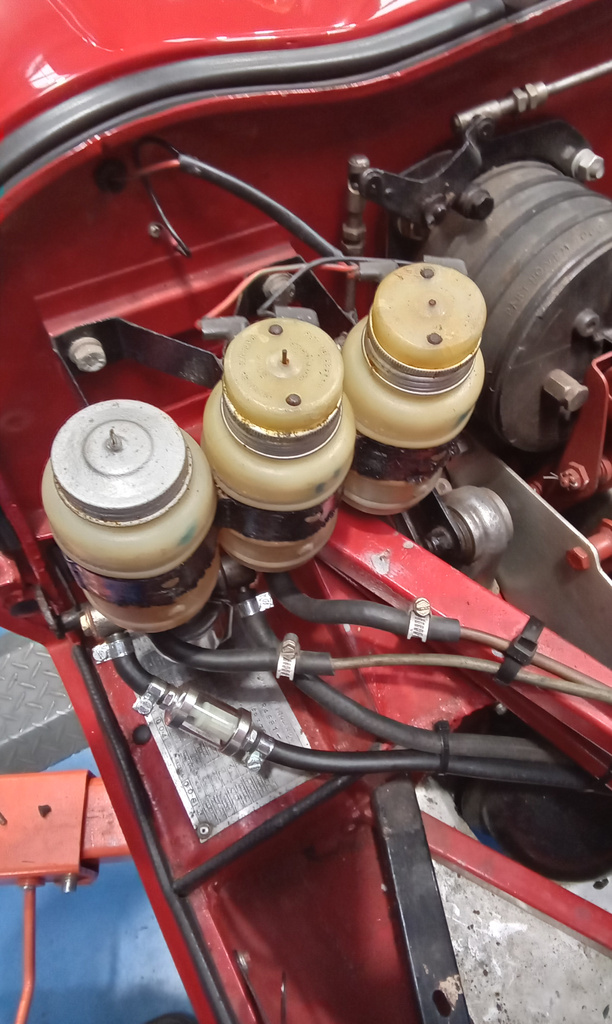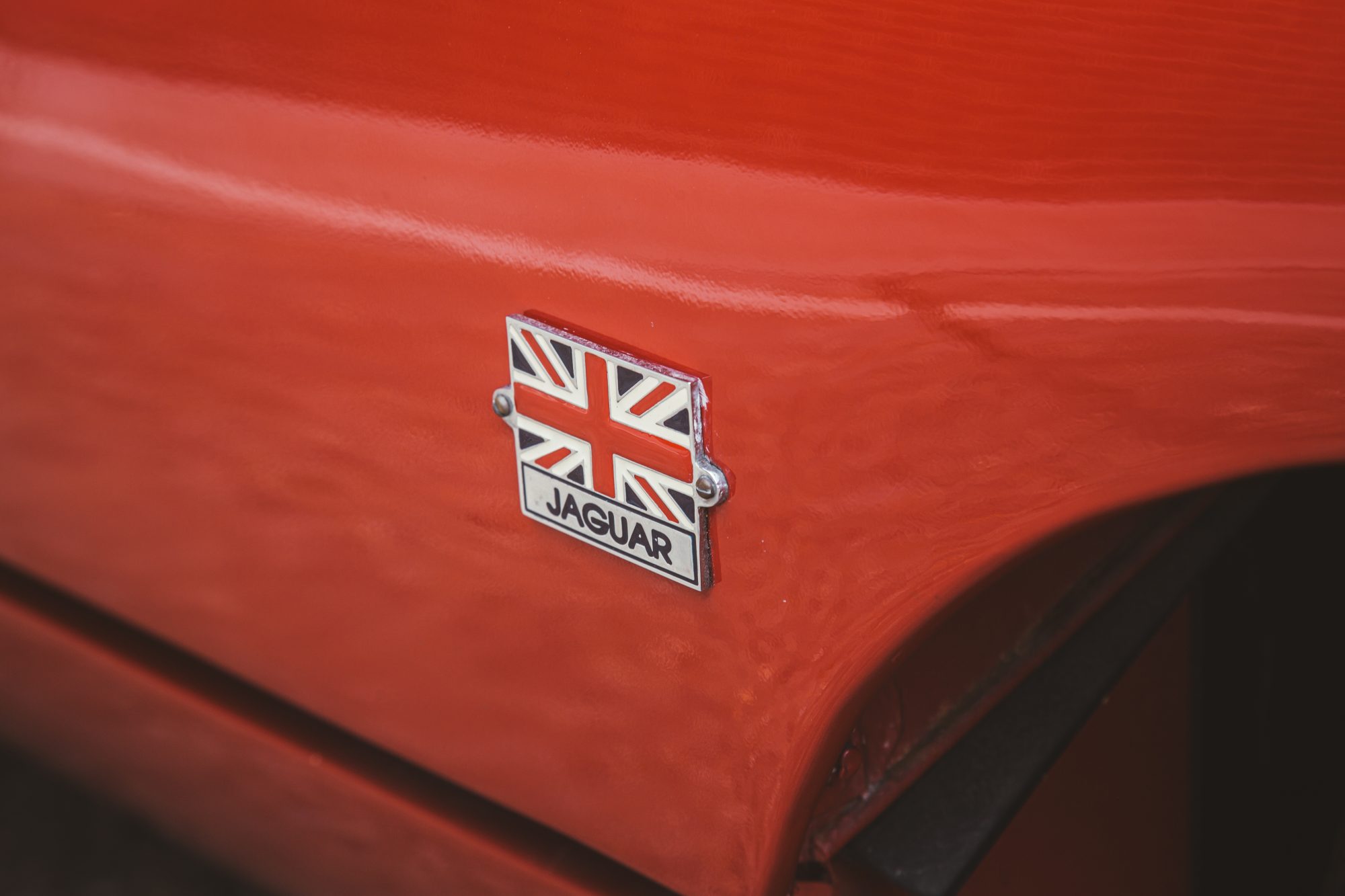
Our technician Jon has been making progress on the resurrection of the 1962 Jaguar E-Type Series 1 Coupe.
The next stage of the cars journey back onto the open road begins with Jon fitting a new rear brake master cylinder. Having the old unit and new unit next to each other, the positions are slightly different from the original to the new unit, so Jon had to make up new brake lines from the master cylinder to the the join in the offside front floor area. Then, he could fit the new flexi hoses to the front and rear of the car before bleeding the entire system. However, the front of the system bled without issue but the rear we were unable to bleed at this point.

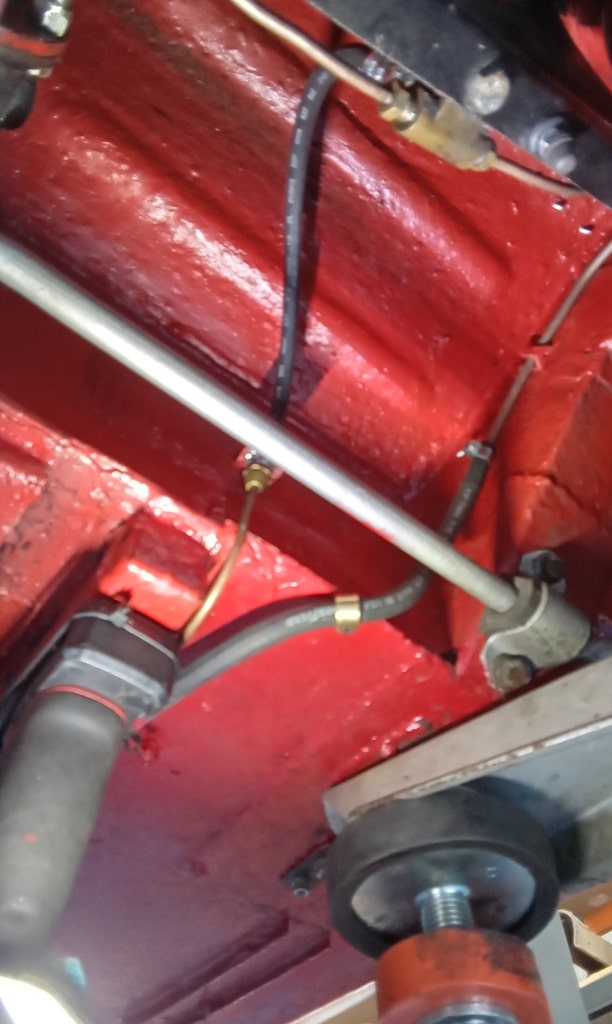
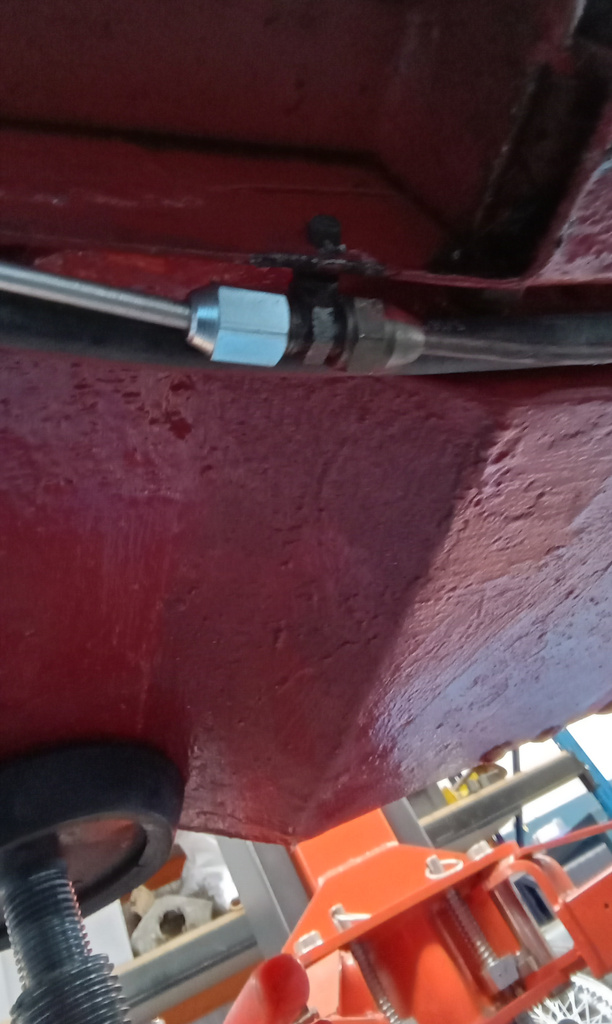
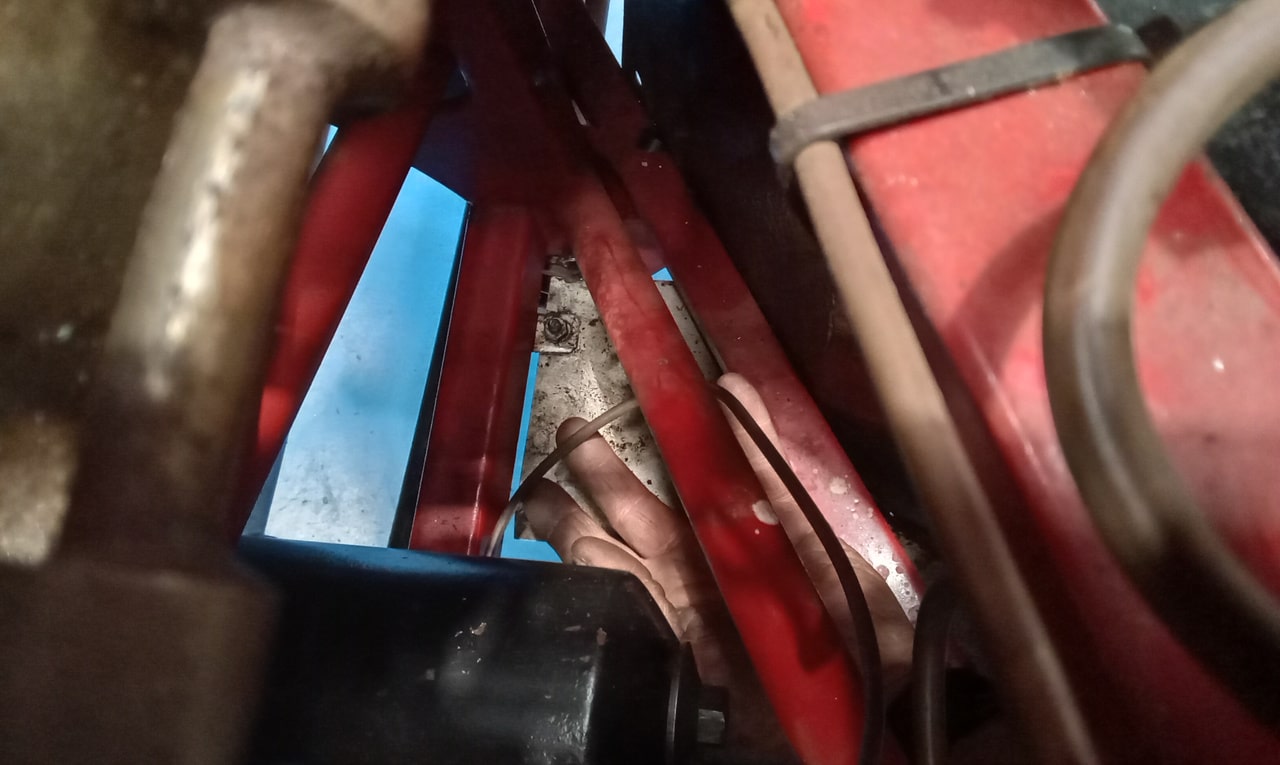


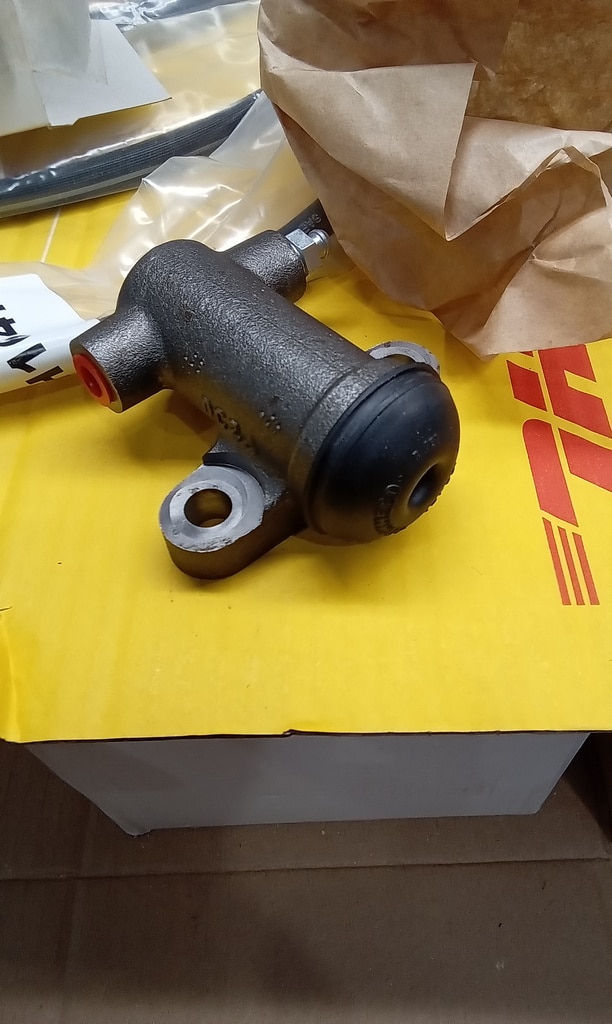
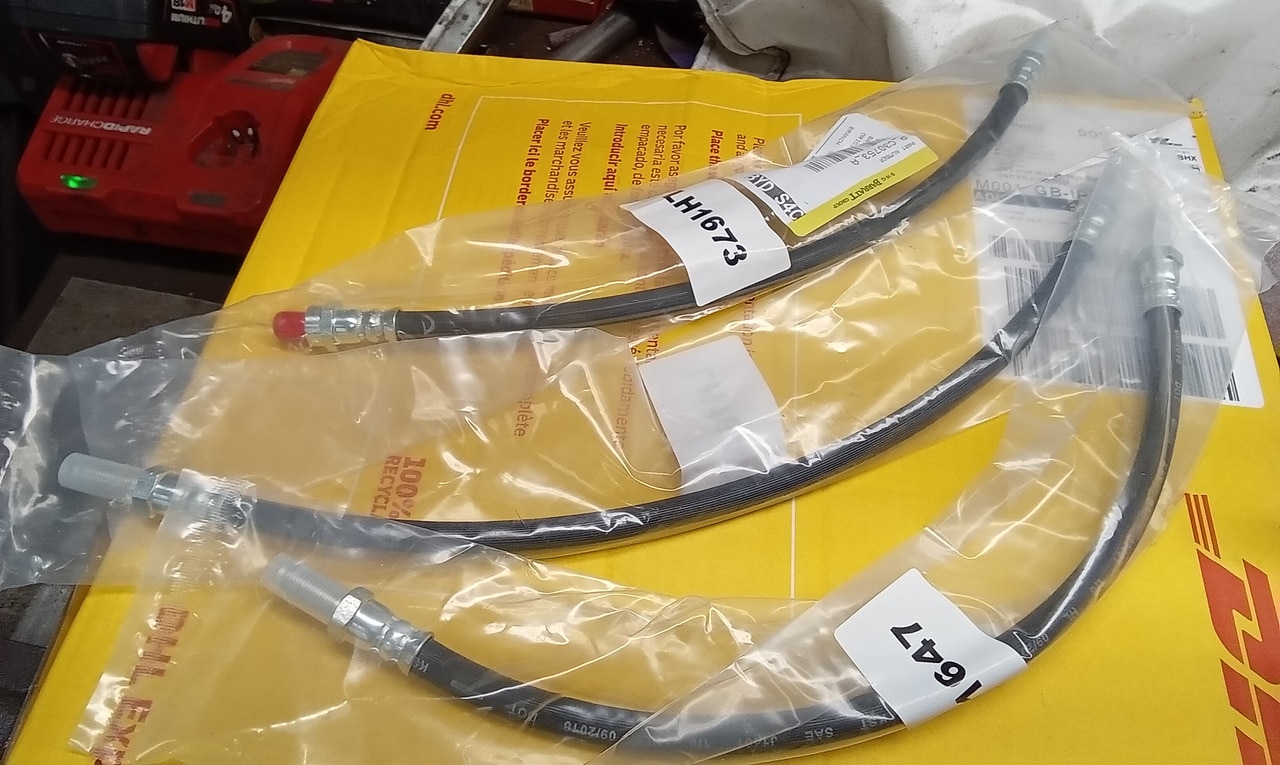
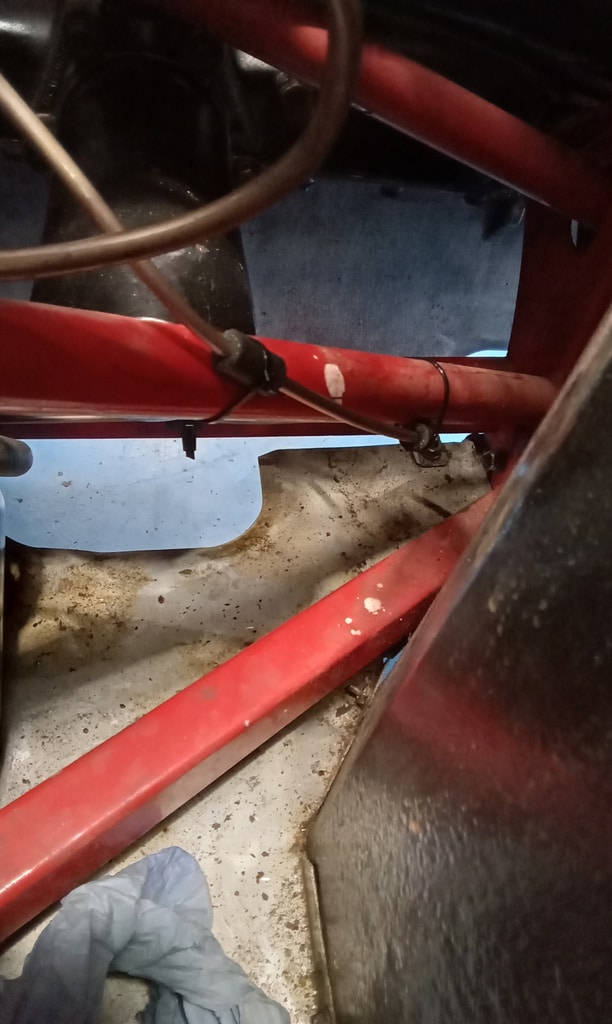
Carrying on with recommissioning the hydraulic system in the car, Jon began work on the clutch. This involved removing the old clutch slave cylinder from the classic Jaguar and the pipework. After fitting up the new system and pipes, he could fill up the circuit and begin to bleed them after securing down the new brake pipes at the same time and then cleaning down/tidying up the work area.
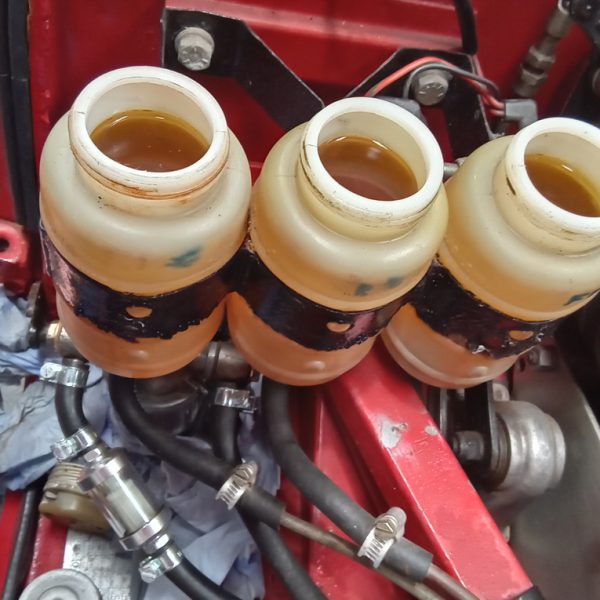

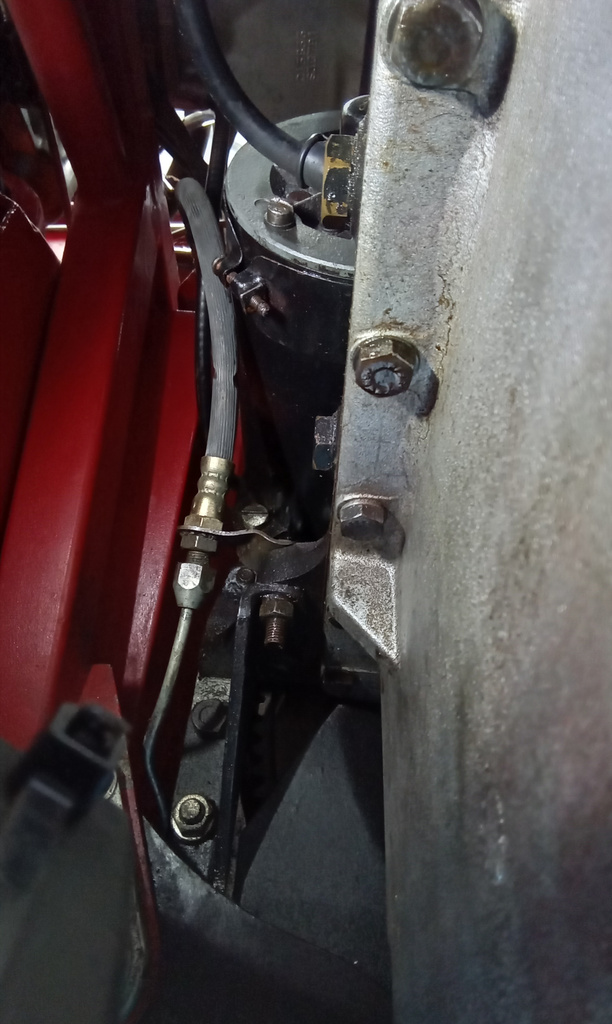
Next up, Jon blew out all of the fuel lines and pipework to make sure that any dust or debris from the workshop wasn’t sat in the lines while the car has been on the ramp before securing them all down to the car.
This is when he could turn his attention to the steering of the car. The steering column support in the lower part of the bulkhead was excessively moving (see video) even after Jon had drilled out the lower universal joint and replacement the worn bolt which connects the two pieces with a new nyloc piece, which improved the movement but was still not clamping fully on the piece. So, he removed the upper part of the steering column first to upgrade the component with new elastin bushes and then begin to refit the piece, however the column still moved excessively in Jon’s professional opinion. The bulkhead column support was then put on order to be refitted into the car.
Whilst the steering column was out of the car, Jon could drain the coolant and remove the radiator from the car after the cars initial fire up and testing, to remove the offside steering rack mount and the lower steering column mount from the engine bay, and fully drill out the universal joint better to clean down all the surfaces and refinish it in a new hard wearing coat of black paint.
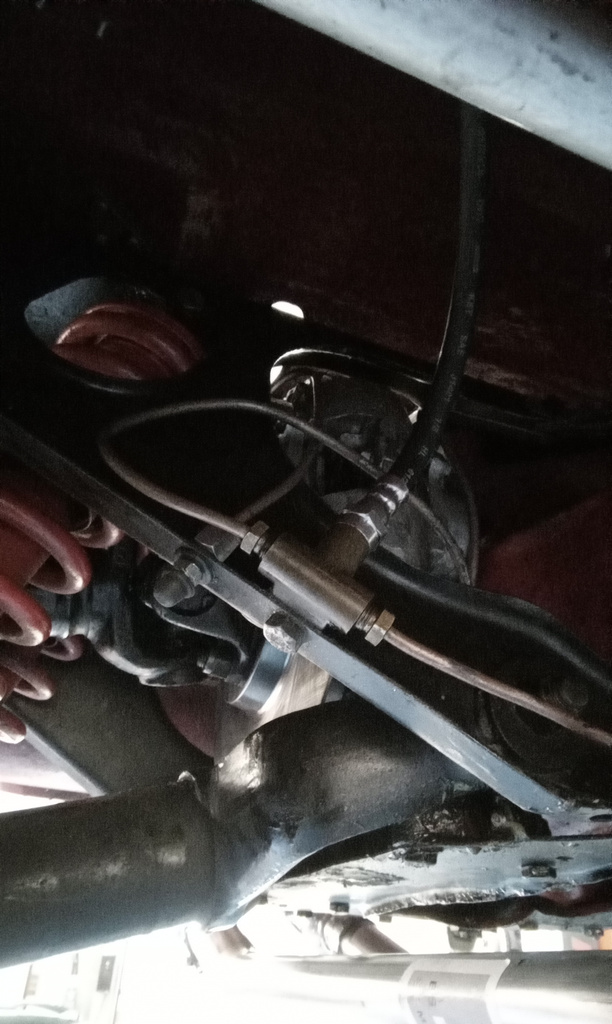
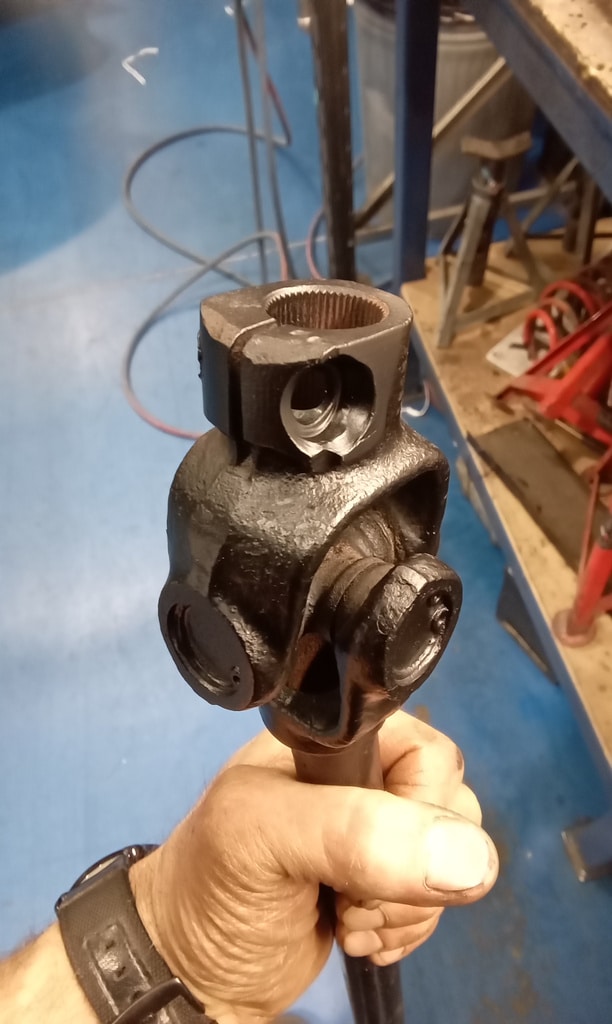
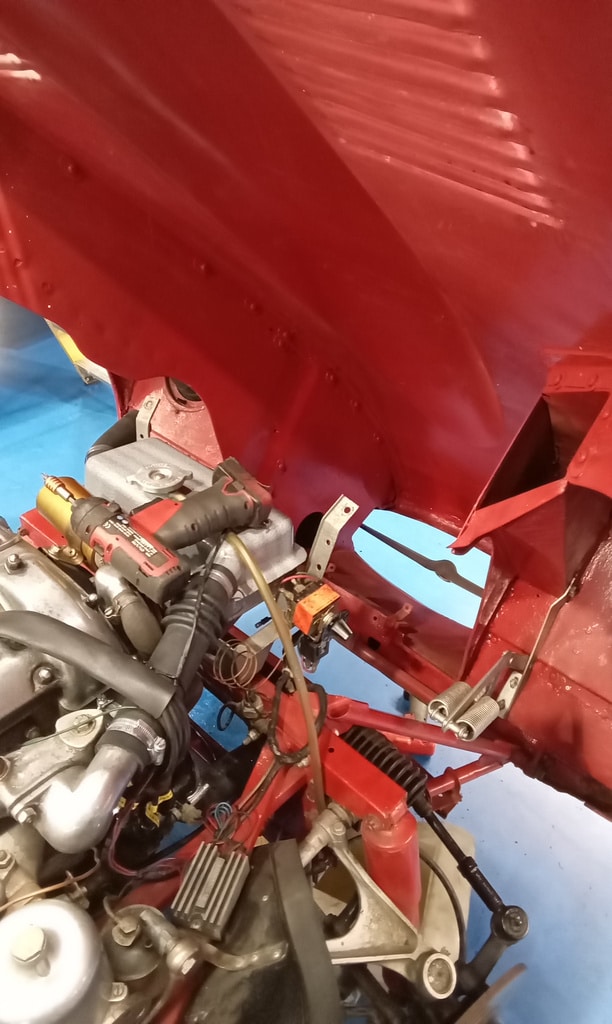
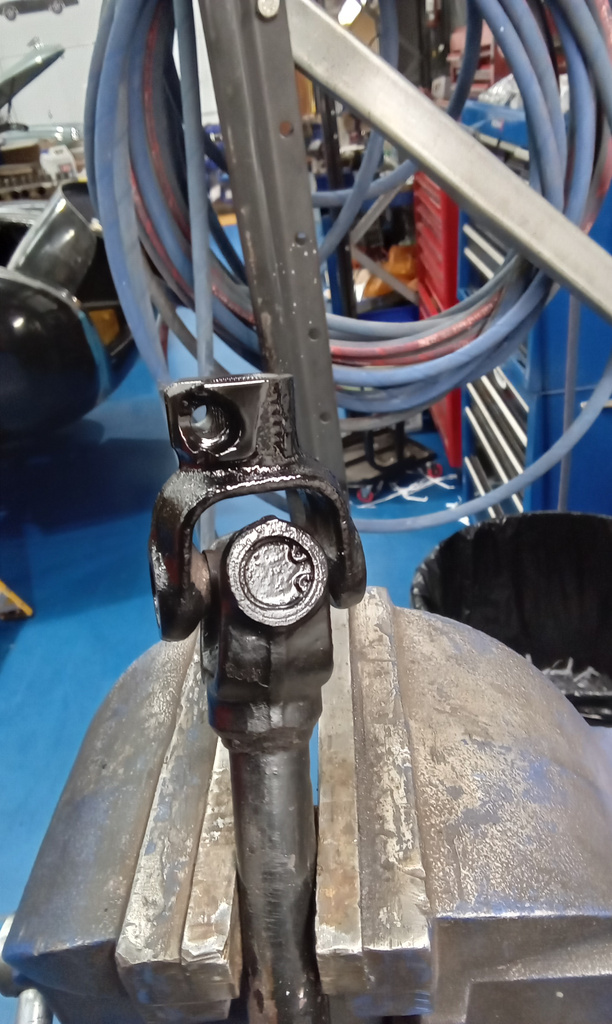
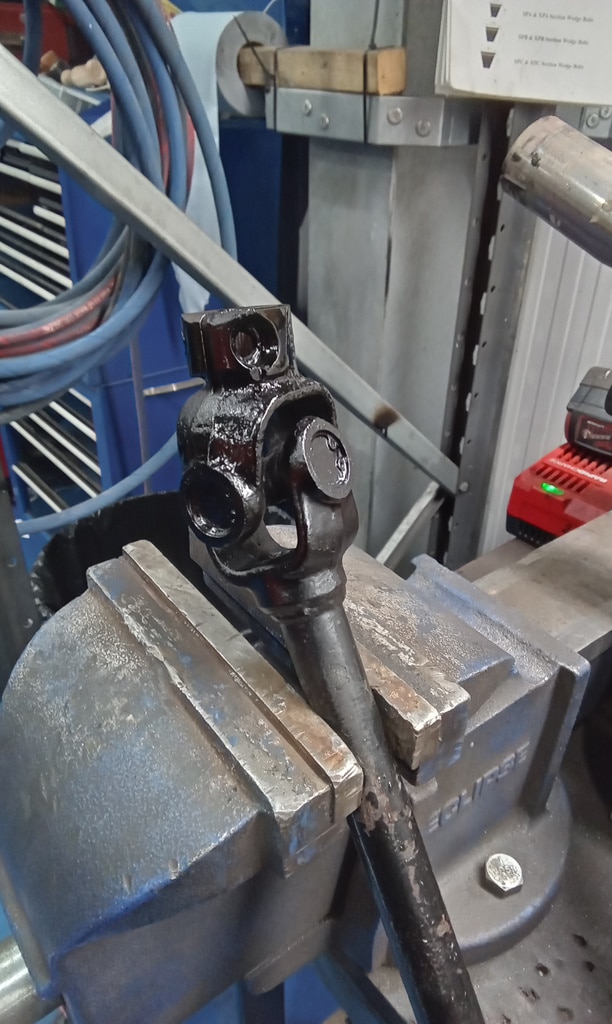

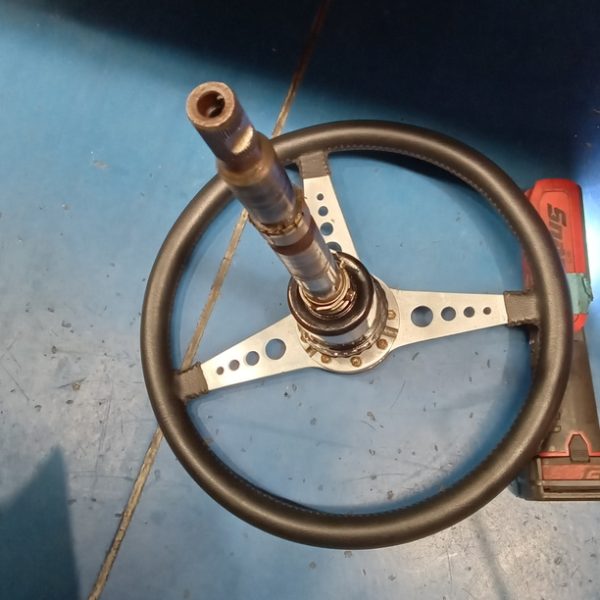
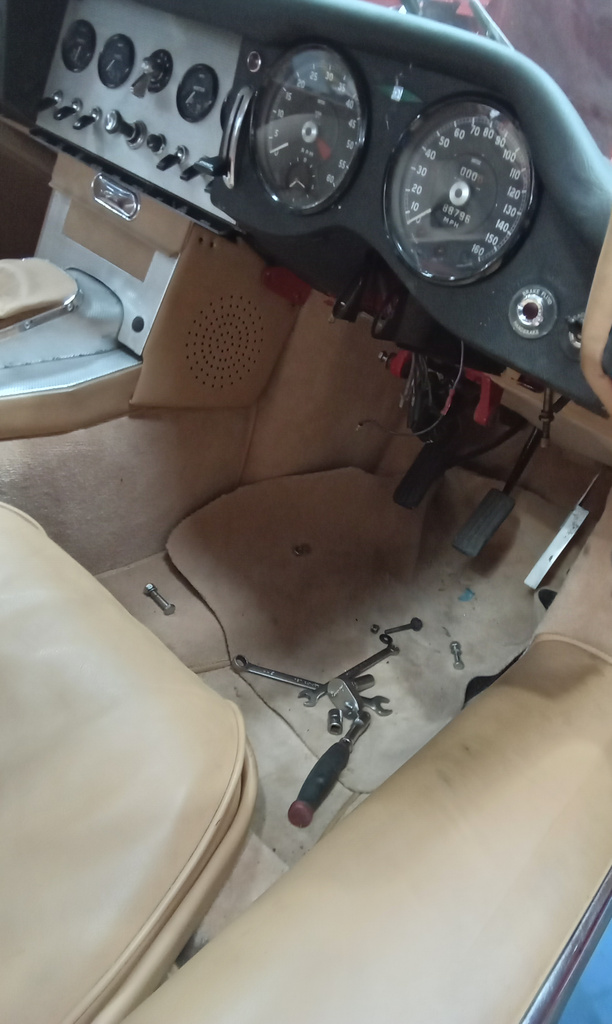
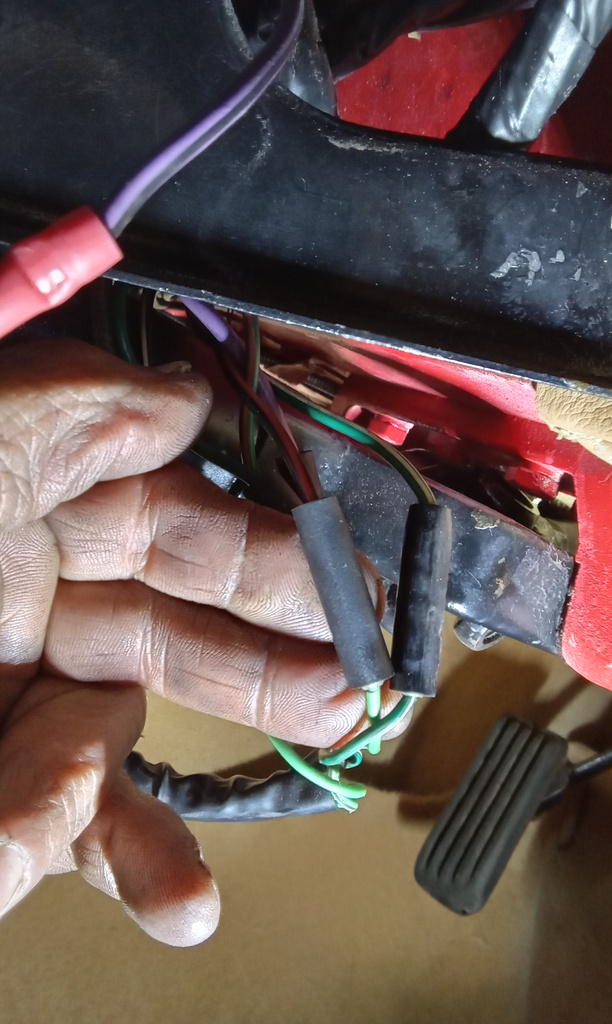
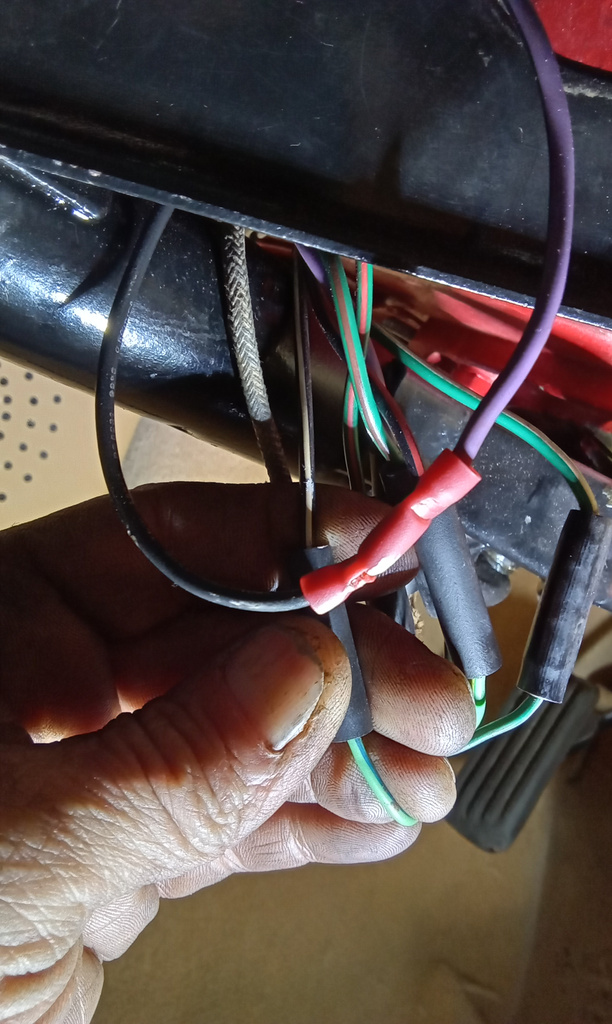

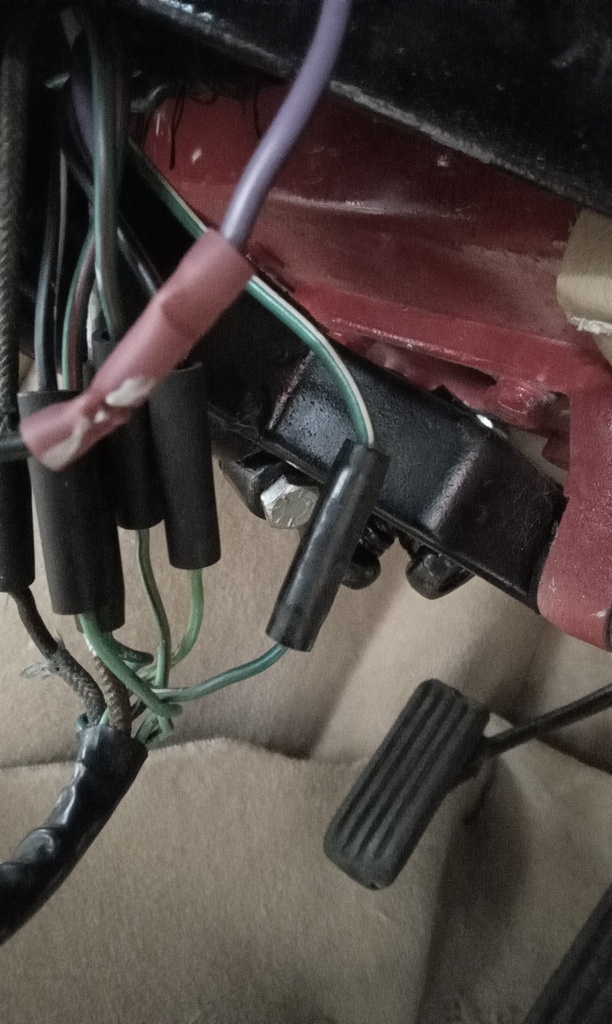
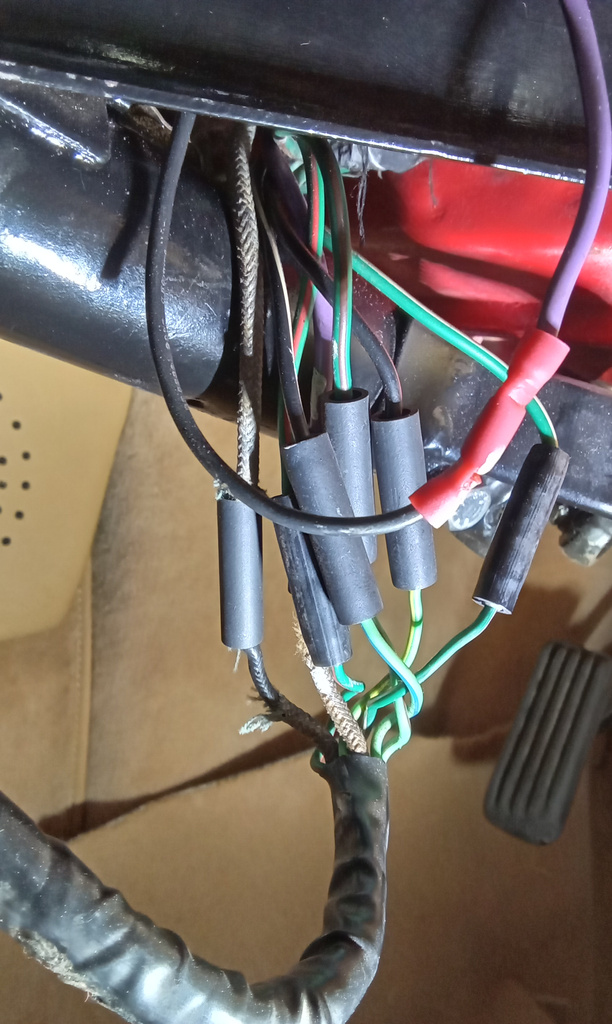

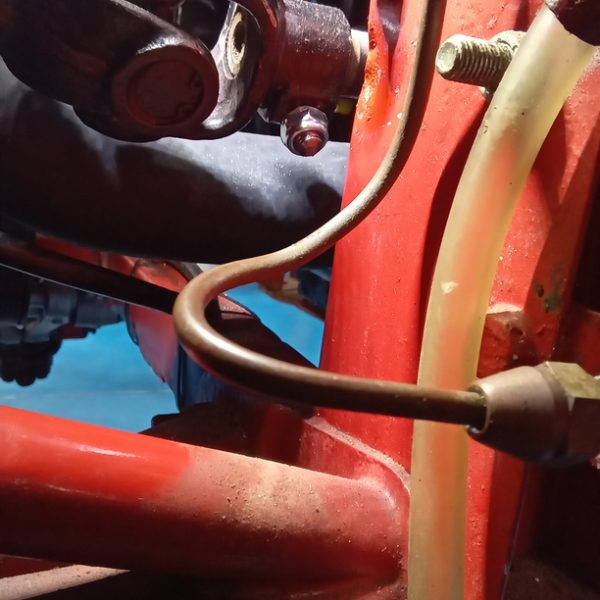
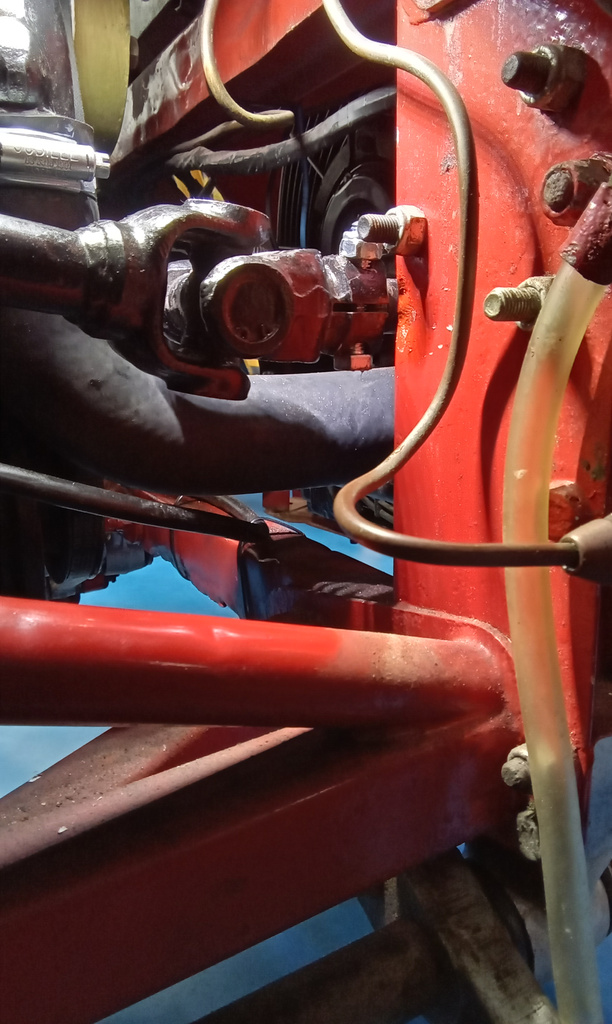
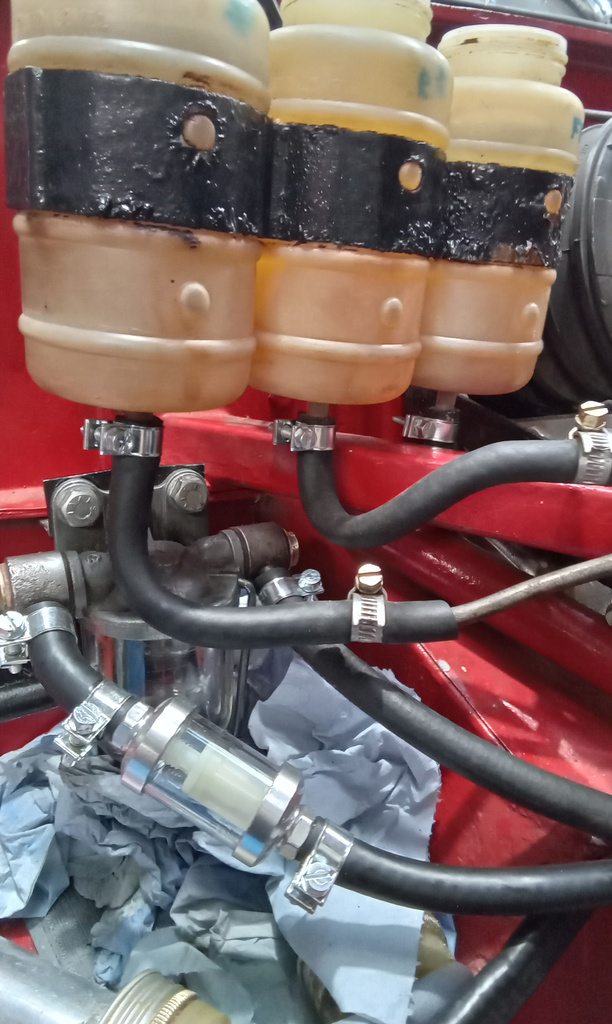
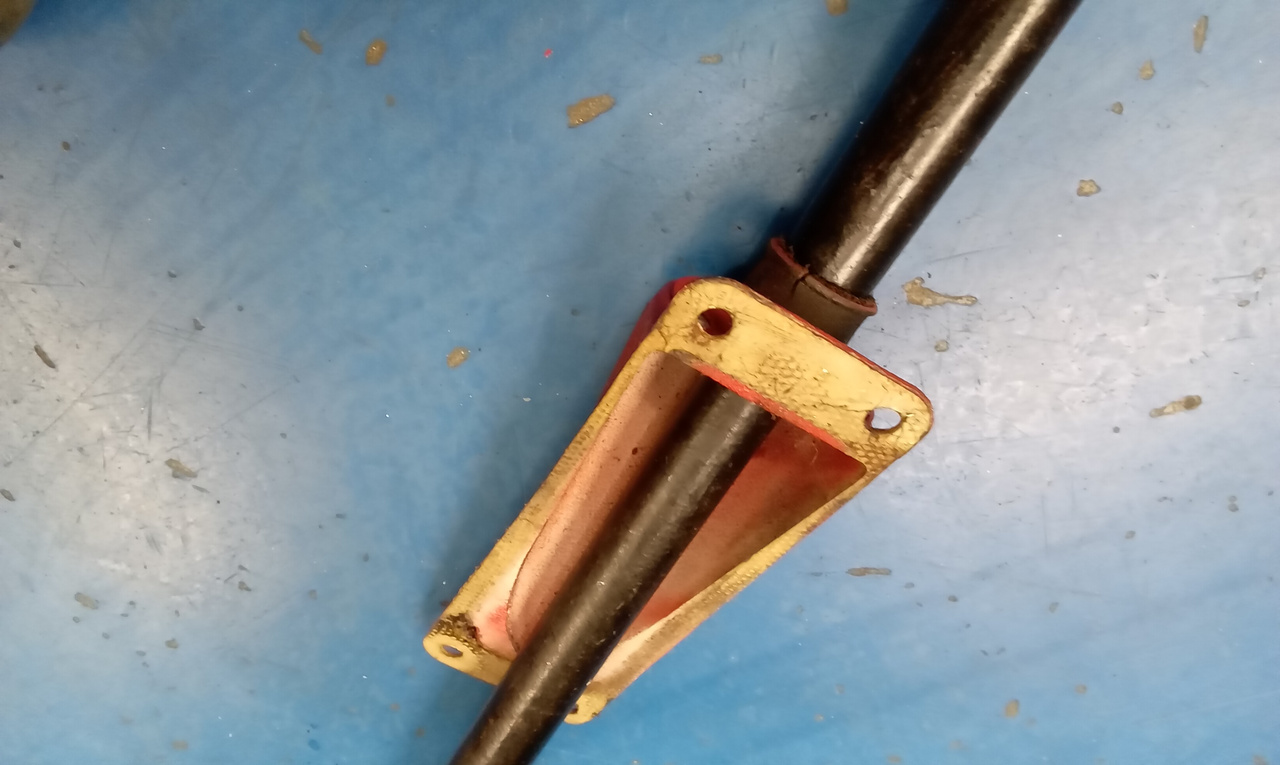
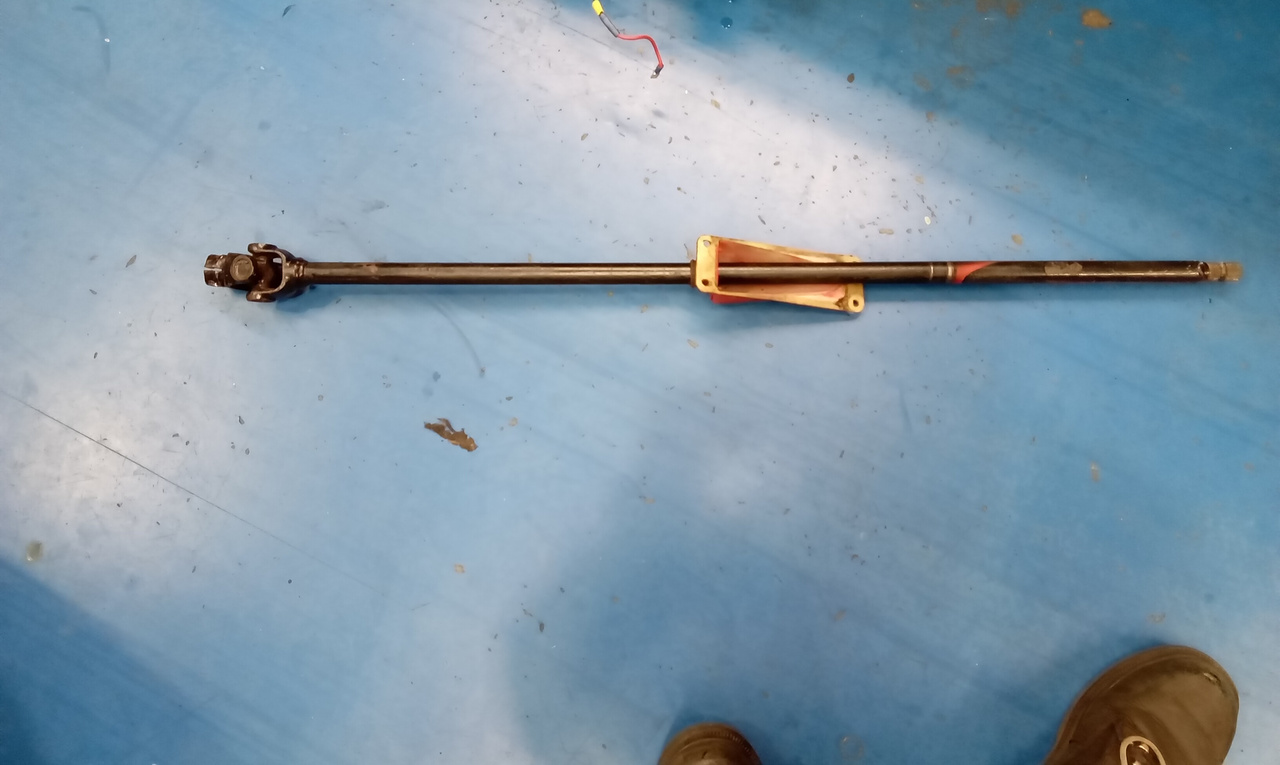
With the new bulkhead support on order, Jon turned his attention back to the hydraulics of the car. After topping off all the fluid reservoirs, Jon along with the help of our workshop manager John managed to complete bleed each individual system.
After that, Jon began to put petrol in the new fuel tank for the first time in order to check for leaks in the tank – all was ok. He also swapped over the fuse for the fuel pump to a more suitable and durable unit for the needs of the system. After that, he connected up the battery in order to get fuel pressure from the engine on turn over to prime the system all the way to the pre-filter sight bowl. Then, he disconnected the battery.

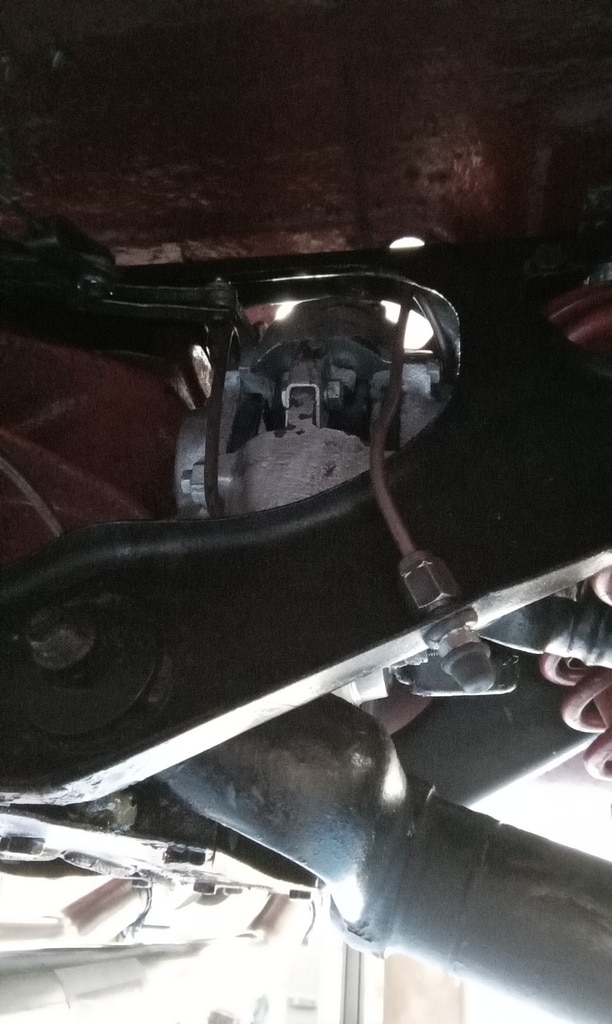
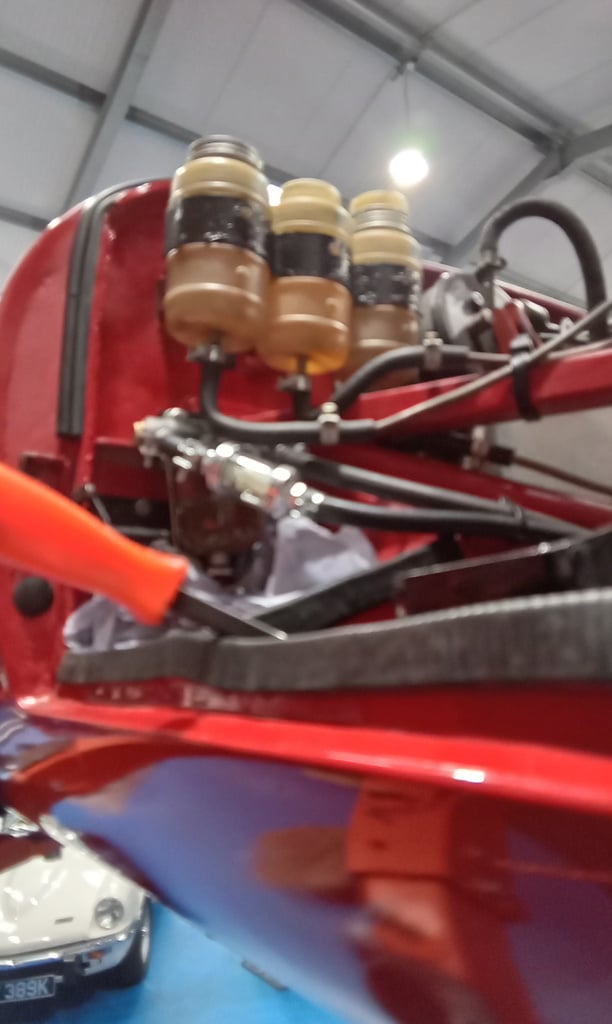
Finally, Jon moved onwards to getting the carburettors ready to accept the fresh fuel now in the new fuel tank. He carefully tightened down and inspected all connections from the filter to the carburettors before connecting the battery back up again and the turning on the ignition to prime the fuel system and test. Jon found there was a slight leak from the sight glass under the higher pressure and from the number 1 carburettor. This was found to be an issue with the washers used in the connection to carburettor 1 and fitted a new rubber seal to the sight glass sediment bowl. After that, all of the leaks were sorted and he could the refit and secure the boot floor and all necessary trims.
